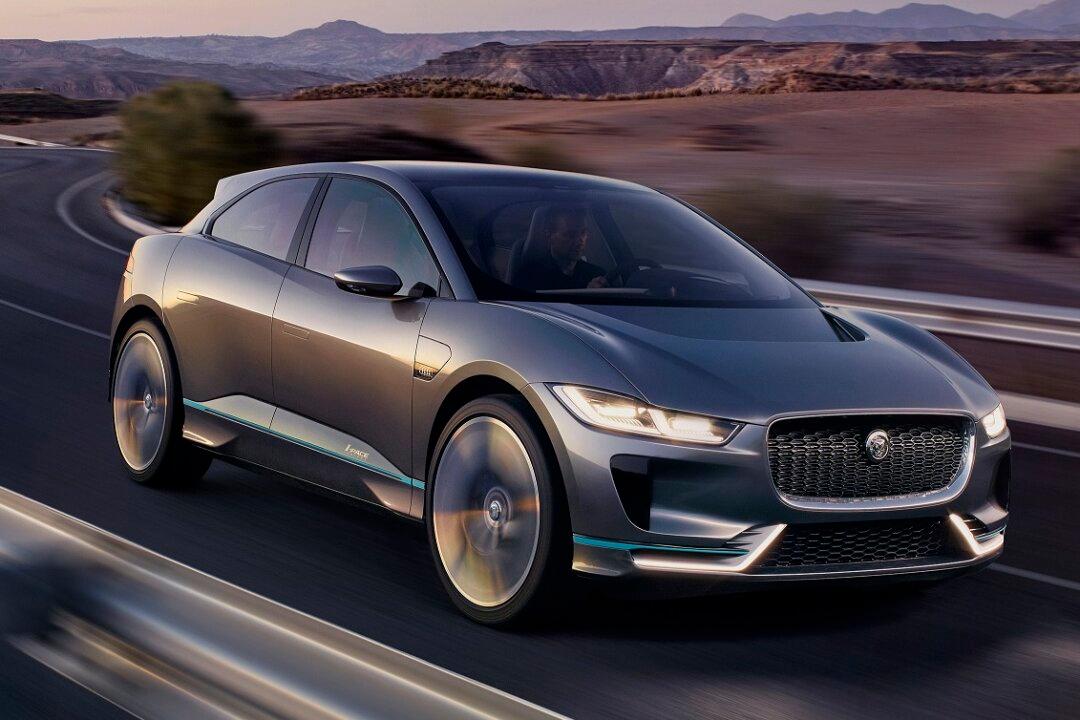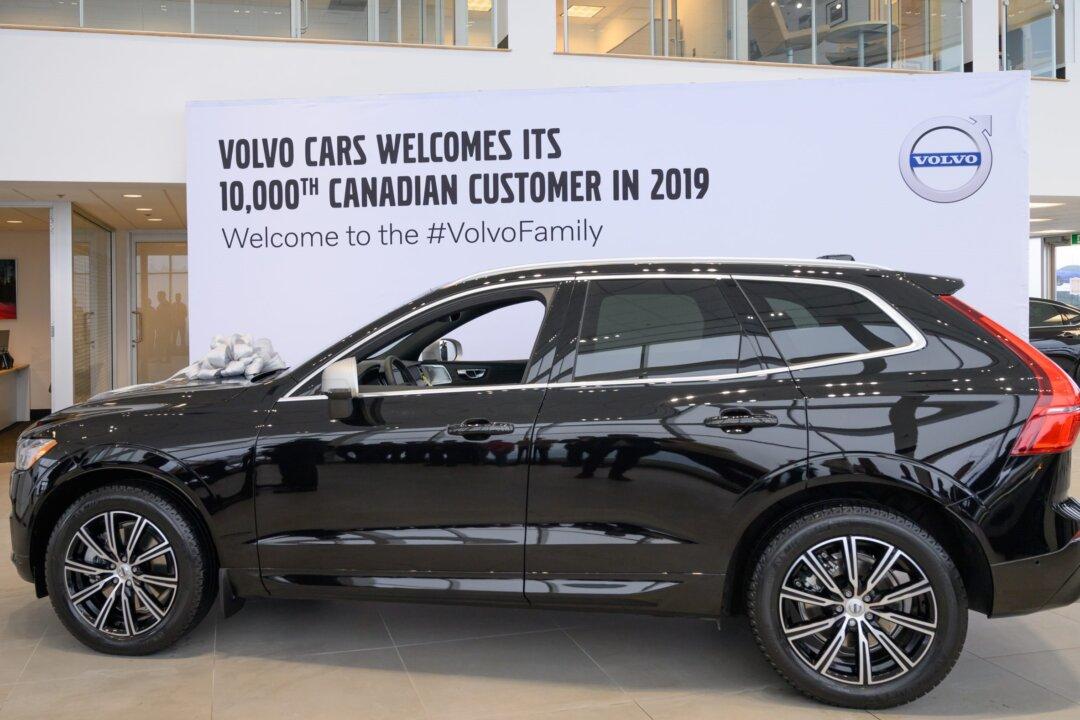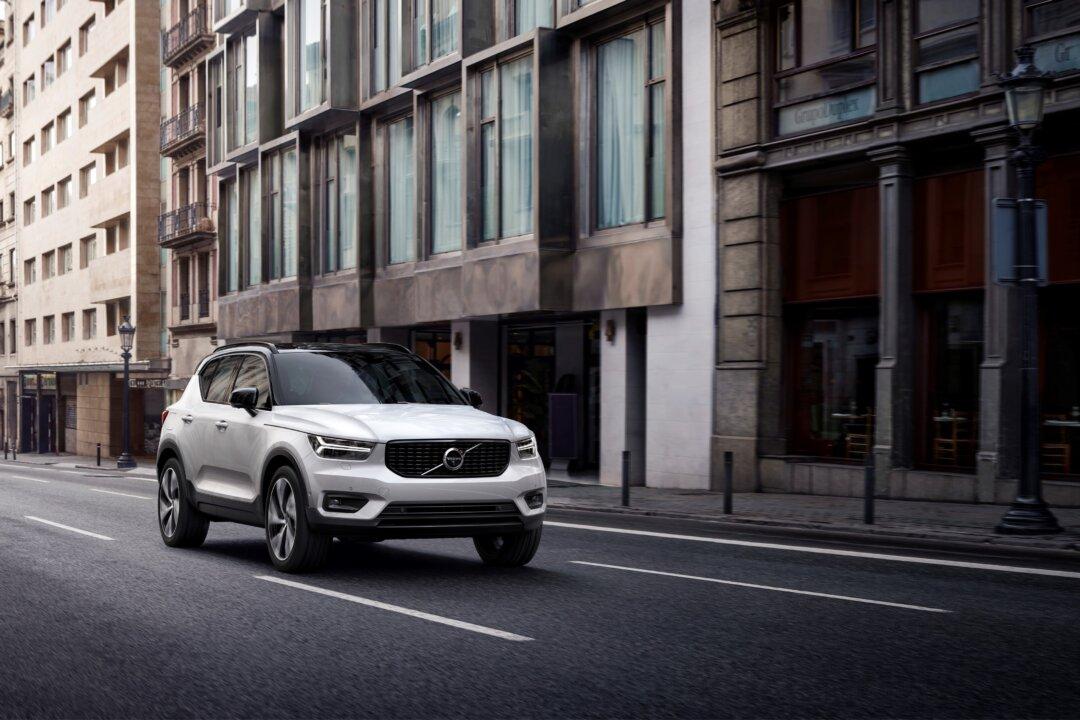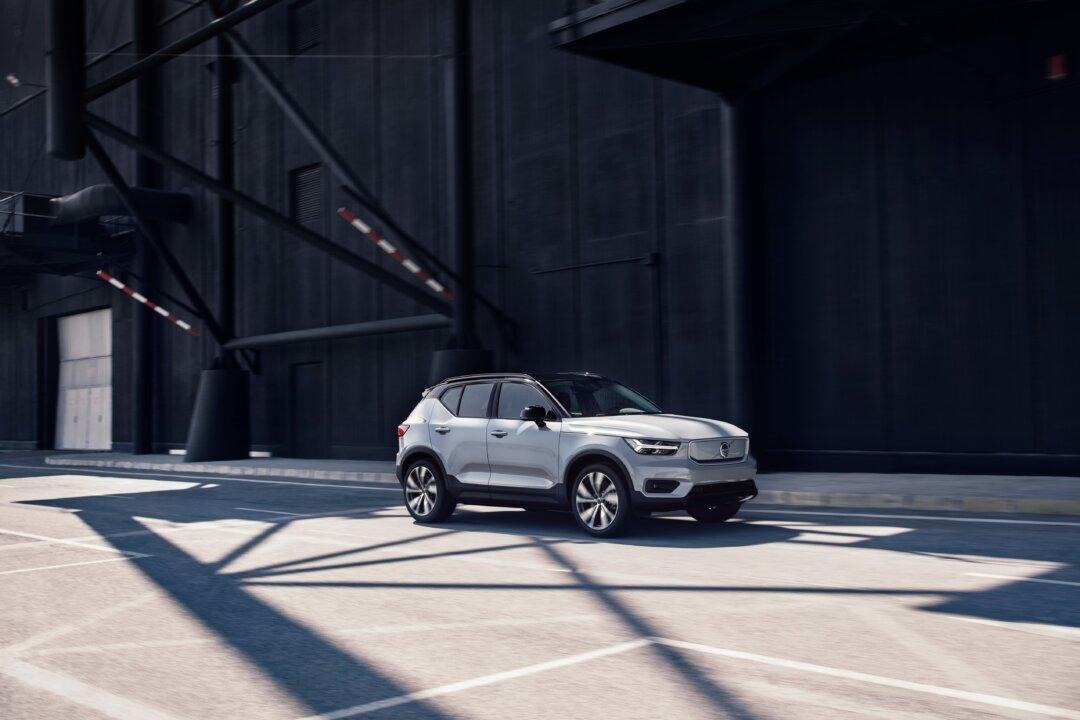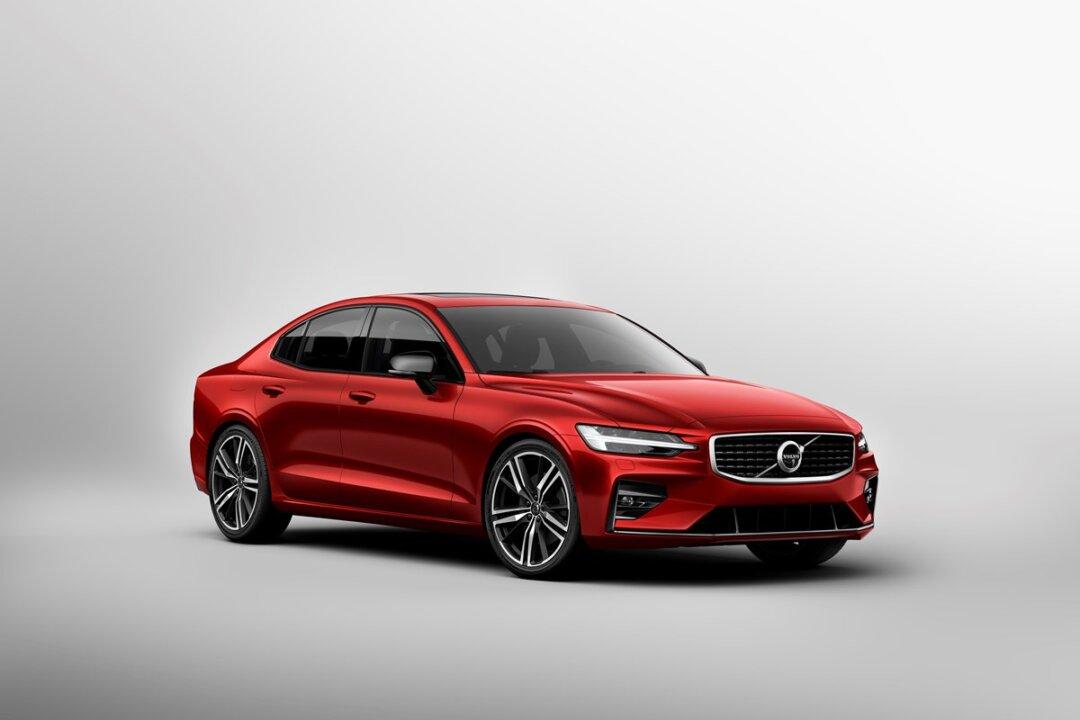Sitting down with executives of automotive companies at all levels to talk about new vehicles, technology, and innovation or just what’s new is nothing unusual. Having the opportunity to do that with two presidents from the same company is when you might consider purchasing a lotto ticket—it’s pretty rare.
But that was exactly what happened recently when Epoch Times sat down with Wolfgang Hoffmann, president and CEO of Jaguar Land Rover (JLR) Canada and Joe Eberhardt, Wolfgang’s boss, who happens to be president and CEO of Jaguar Land Rover North America, LLC.
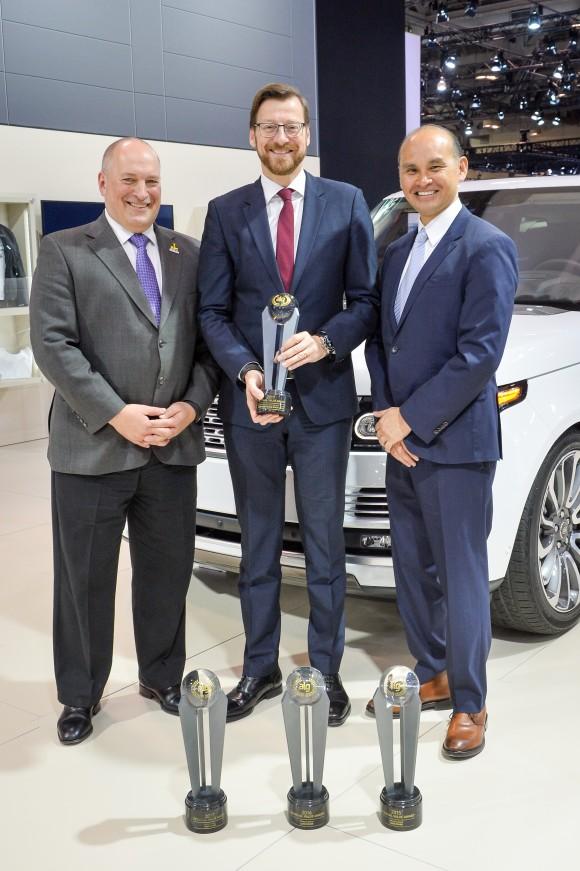
Wolfgang Hoffmann, Joe Eberhardt, JLR, and ALG President, Jim Nguyen Courtesy of Jaguar Land Rover
